Expanded Polypropylene (EPP) is a versatile, lightweight, and resilient material that has gained popularity across various industries, including automotive, packaging, consumer goods, and more.Let’s take a deeper look at the details of EPP molding.
What is EPP(Expanded Polypropylene)?
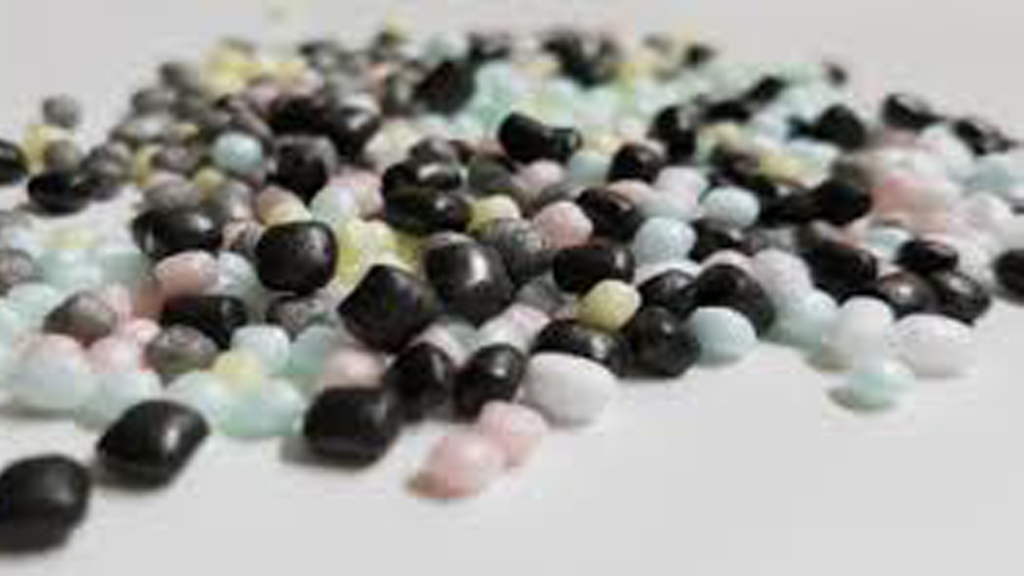
EPP is a closed-cell foam made from polypropylene resin. It is known for its exceptional properties, including high impact resistance, thermal insulation, and chemical resistance.
These properties make EPP suitable for a wide range of applications, particularly where durability and performance are critical.
Properties of EPP
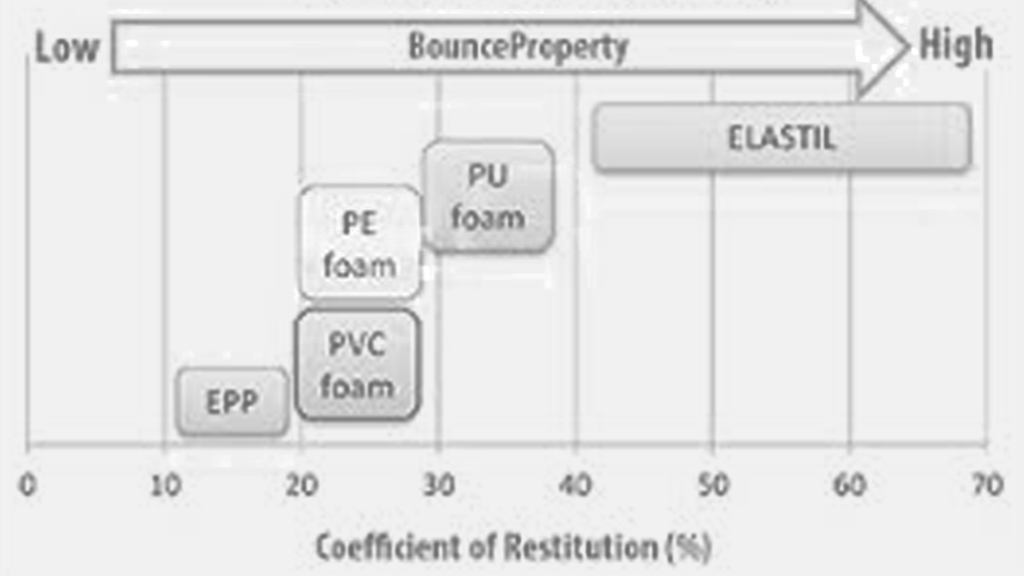
1.Lightweight: EPP is extremely lightweight, which makes it easy to handle and reduces transportation costs.
2.Impact Resistance: EPP has excellent energy absorption capabilities, providing superior protection against impacts.
3.Thermal Insulation: EPP offers good thermal insulation properties, making it ideal for temperature-sensitive applications.
4.Chemical Resistance: EPP is resistant to a variety of chemicals, which enhances its durability in harsh environments.
5.Water Resistance: EPP does not absorb water, maintaining its integrity and performance even in wet conditions.
6.Recyclability: EPP is 100% recyclable, making it an environmentally friendly material.
The EPP Molding Process

The molding process for EPP involves several key stages, each contributing to the formation of the final product.
These stages include pre-expansion, aging, molding, cooling, and post-processing.
Understanding each step is crucial for optimizing the molding process and achieving high-quality results.
Step 1: Pre-expansion
The first stage in the EPP molding process is pre-expansion. Polypropylene resin beads are exposed to heat and steam, causing them to expand.
This expansion process increases the volume of the beads while reducing their density. The pre-expanded beads are then stabilized by allowing them to cool and harden slightly.
Time Required: The pre-expansion phase typically takes about 1-2 hours, including the stabilization time.
Step 2: Aging
After pre-expansion, the beads undergo an aging process.
Aging allows the beads to achieve the desired density and ensures uniform expansion in the subsequent molding stage.
During aging, the beads are stored in ventilated containers or silos to allow air to circulate.
Time Required: Aging can take anywhere from 12 to 48 hours, depending on the desired properties of the final product.
Step 3: Molding
The aged beads are then ready for molding.
The molding process involves placing the beads into a mold cavity where they are subjected to heat and pressure.
Steam is injected into the mold, causing the beads to expand further and fuse together to form a solid structure.
The mold is designed to the exact shape and specifications of the final product.
Time Required: The actual molding cycle can vary but typically ranges from 3 to 10 minutes per cycle, depending on the size and complexity of the mold.
Step 4: Cooling
Once the molding cycle is complete, the molded EPP products need to cool down.
Cooling solidifies the structure and helps the product retain its shape.
Cooling can be facilitated using air or water, depending on the specific requirements.
Time Required: Cooling usually takes 10 to 30 minutes, but larger or more complex shapes may require longer.
Step 5: Ejection and Post-Processing
After cooling, the molded EPP products are ejected from the mold.
Post-processing steps such as trimming, cutting, or additional treatments may be necessary to achieve the final specifications.
Time Required: Ejection and post-processing typically take an additional 5 to 15 minutes.
Factors Influencing EPP Molding
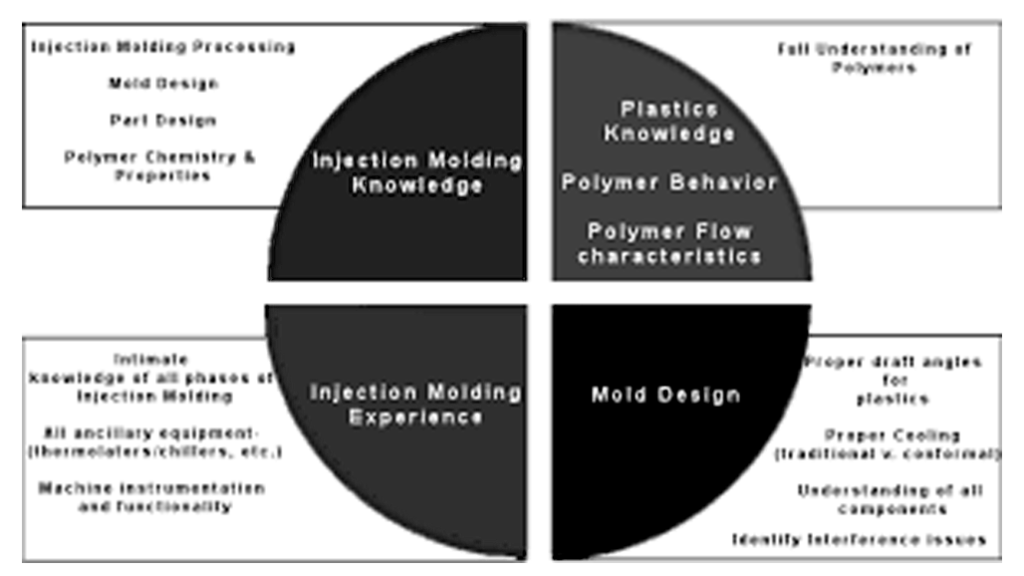
Several factors can influence the EPP molding process, affecting both the quality of the final product and the efficiency of production.
Key factors include mold design, bead size and density, machine efficiency, environmental conditions, and steam quality.
Mold Design
The design of the mold is critical in determining the quality and complexity of the final product.
Intricate molds with detailed features require precise control over the molding process to ensure accurate replication.
Bead Size and Density
The size and density of the EPP beads influence the expansion and fusion during molding.
Selecting the appropriate bead size and density is essential for achieving the desired properties in the final product.
Machine Efficiency
The efficiency of the molding machines can significantly impact production times and quality. Modern machines with advanced controls and automation capabilities can optimize the molding cycle, reducing waste and improving consistency.
Environmental Conditions
Ambient temperature and humidity can affect the aging and cooling stages. Maintaining controlled environmental conditions ensures consistent performance and quality.
Steam Quality
Consistent steam quality and pressure are vital for uniform expansion and fusion of the EPP beads. Variations in steam can lead to inconsistencies and defects in the final product.
Applications of Molded EPP
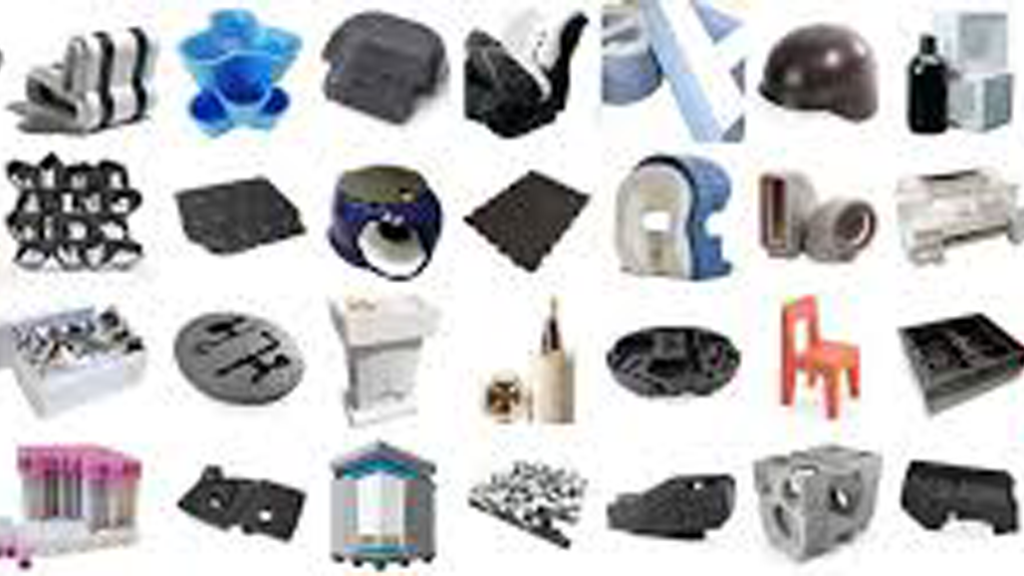
The unique properties of EPP make it suitable for a wide range of applications across various industries. Molded EPP products are valued for their lightweight, durability, and versatility.
Automotive Industry
1.Impact Protection: EPP is used in automotive components such as bumpers, door panels, and energy absorbers due to its high impact resistance.
2.Seating Components: EPP is used in the construction of car seats, providing comfort and safety with its energy-absorbing properties.
3.Insulation: EPP is used for thermal insulation in vehicles, helping to maintain cabin temperature and improve energy efficiency.
Packaging
1.Protective Packaging: EPP is used to create custom protective packaging for fragile items such as electronics, medical devices, and industrial equipment.
2.Returnable Packaging: EPP’s durability and recyclability make it ideal for reusable and returnable packaging solutions, reducing waste and cost.
Consumer Goods
1.Sports Equipment: EPP is used in the production of helmets, padding, and other protective gear due to its impact resistance and lightweight properties.
2.Toys: EPP is used in the manufacture of toys and hobby products, offering safety and durability.
Construction
1.Insulation: EPP is used for thermal insulation in buildings, providing energy efficiency and reducing heating and cooling costs.
2.Geofoam: EPP geofoam blocks are used as a lightweight fill material in construction projects, offering stability and reducing load on underlying structures.
Industrial Applications
1.Prototyping and Modeling: EPP is used for creating prototypes and models due to its ease of molding and lightweight properties.
2.Custom Components: EPP can be molded into a variety of custom shapes for industrial applications, providing tailored solutions for specific needs.
Medical and Pharmaceutical
1.Medical Packaging: EPP is used for protective packaging of medical equipment and supplies, ensuring products remain sterile and undamaged.
2.Temperature-Controlled Shipping: EPP is used for shipping temperature-sensitive medical and pharmaceutical products, maintaining required temperature ranges during transit.
Best Practices for EPP Molding
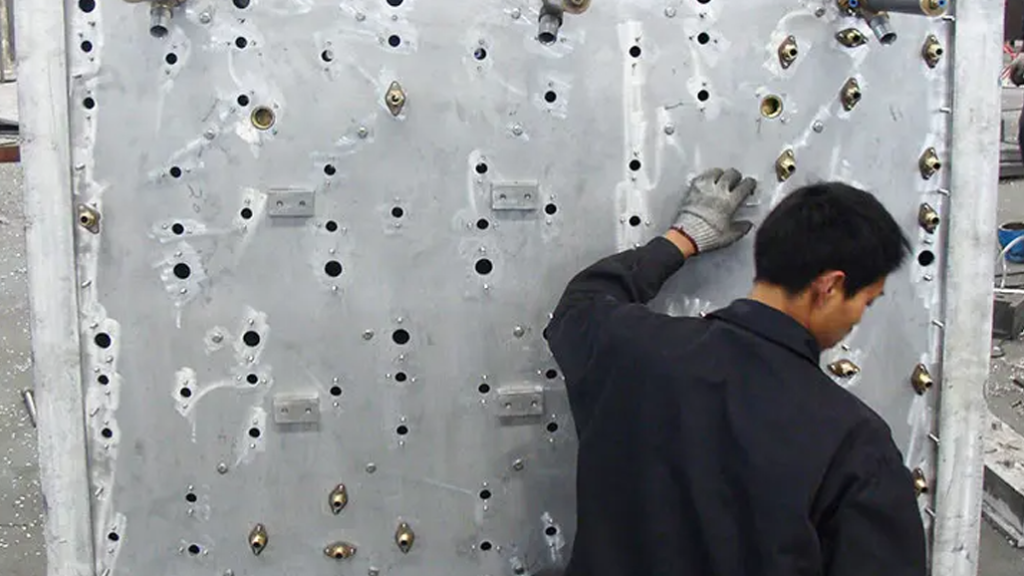
To optimize the EPP molding process and achieve high-quality results, manufacturers can adopt several best practices:
Regular Maintenance of Equipment
Ensuring that pre-expanders, molding machines, and cooling systems are well-maintained helps prevent downtime and ensures consistent production quality.
Optimal Storage Conditions
Maintaining optimal storage conditions for aged beads ensures they remain stable and ready for molding. Controlled environments with consistent temperature and humidity are ideal.
Quality Control Measures
Implementing strict quality control measures at each stage of the process helps identify and address issues promptly, reducing the need for rework and minimizing production delays.
Workforce Training
Investing in training and skill development for the workforce ensures operators are proficient in handling the machinery and processes, leading to more efficient production cycles.
Use of Advanced Technology
Leveraging advanced technologies such as automation, real-time monitoring, and data analytics can significantly enhance the efficiency of the EPP molding process.
Automated systems can reduce manual intervention and optimize each stage of production.
Conclusion

EPP can indeed be molded, and its unique properties make it an ideal material for a wide range of applications.
The EPP molding process involves several stages, including pre-expansion, aging, molding, cooling, and post-processing.
Each stage plays a crucial role in determining the quality and performance of the final product.
Factors such as mold design, bead size and density, machine efficiency, environmental conditions, and steam quality influence the molding process and outcomes.
By adopting best practices and leveraging advanced technologies, manufacturers can optimize the EPP molding process, achieving high-quality results and maximizing efficiency.
The diverse applications of molded EPP, from automotive components and protective packagingto construction materials and consumer goods, highlight the versatility and value of this remarkable material.
As industries continue to seek innovative and sustainable solutions, EPP’s unique properties and benefits ensure its continued prominence in various sectors.
